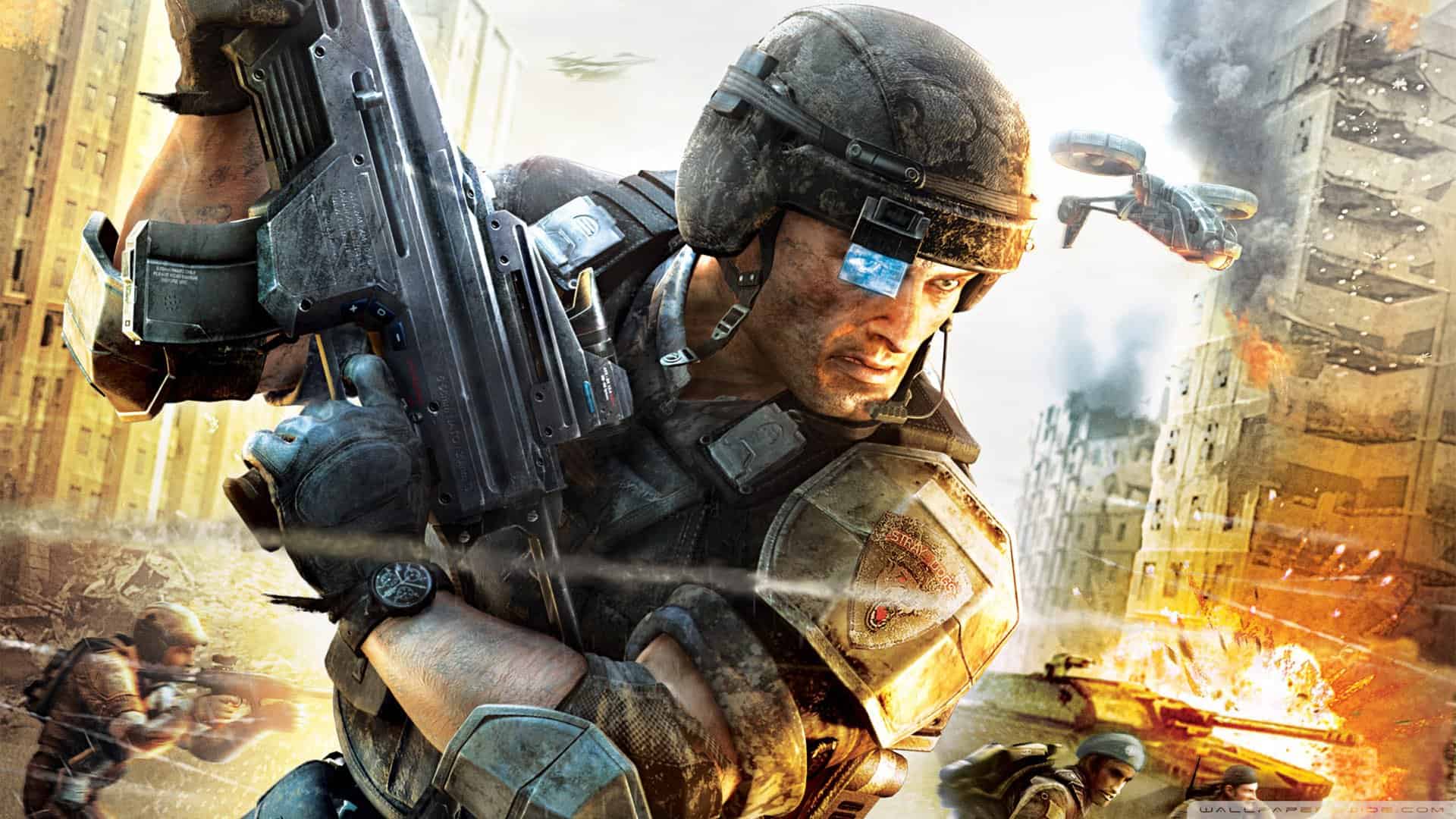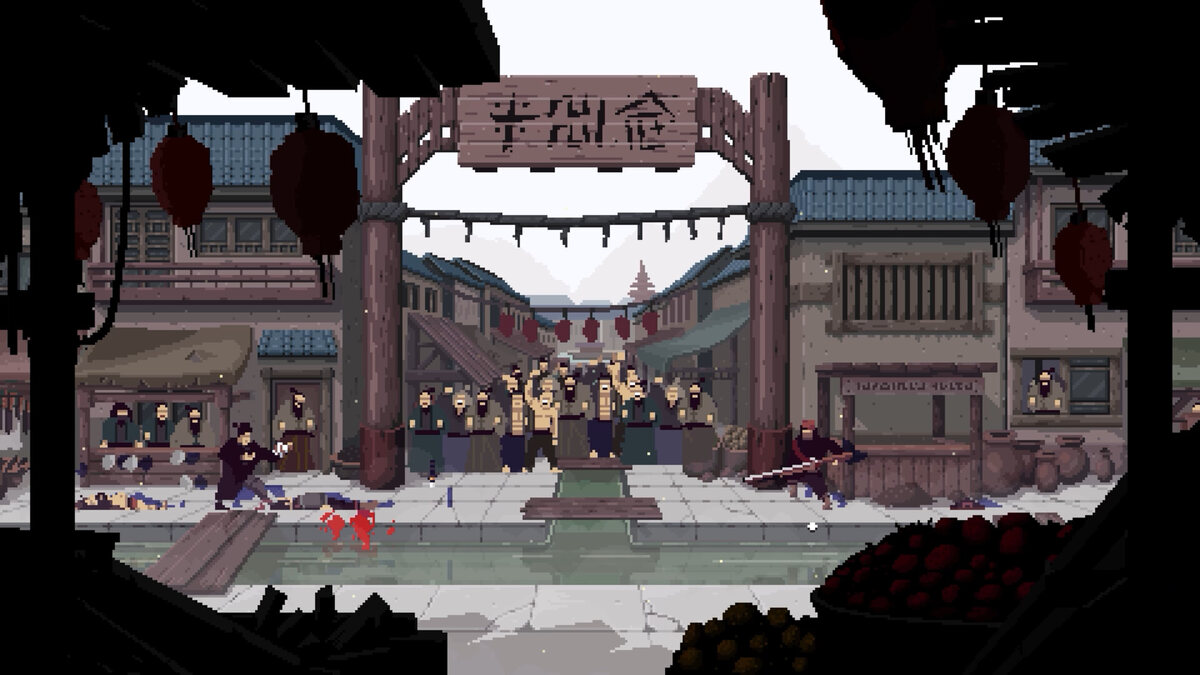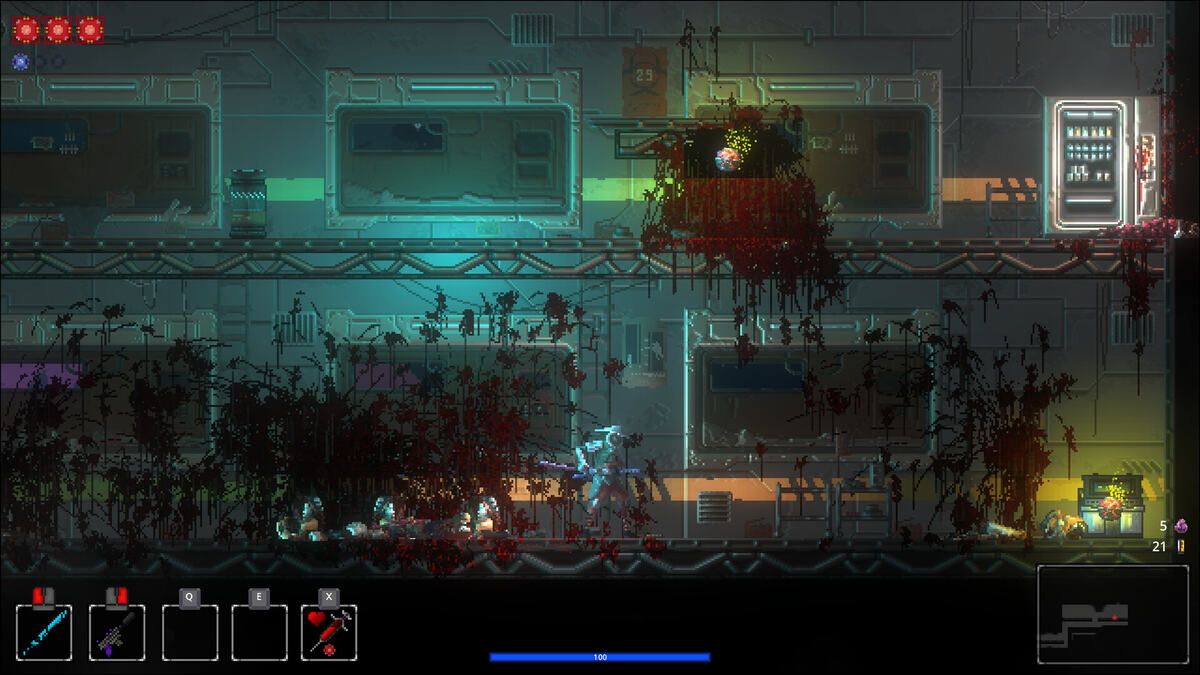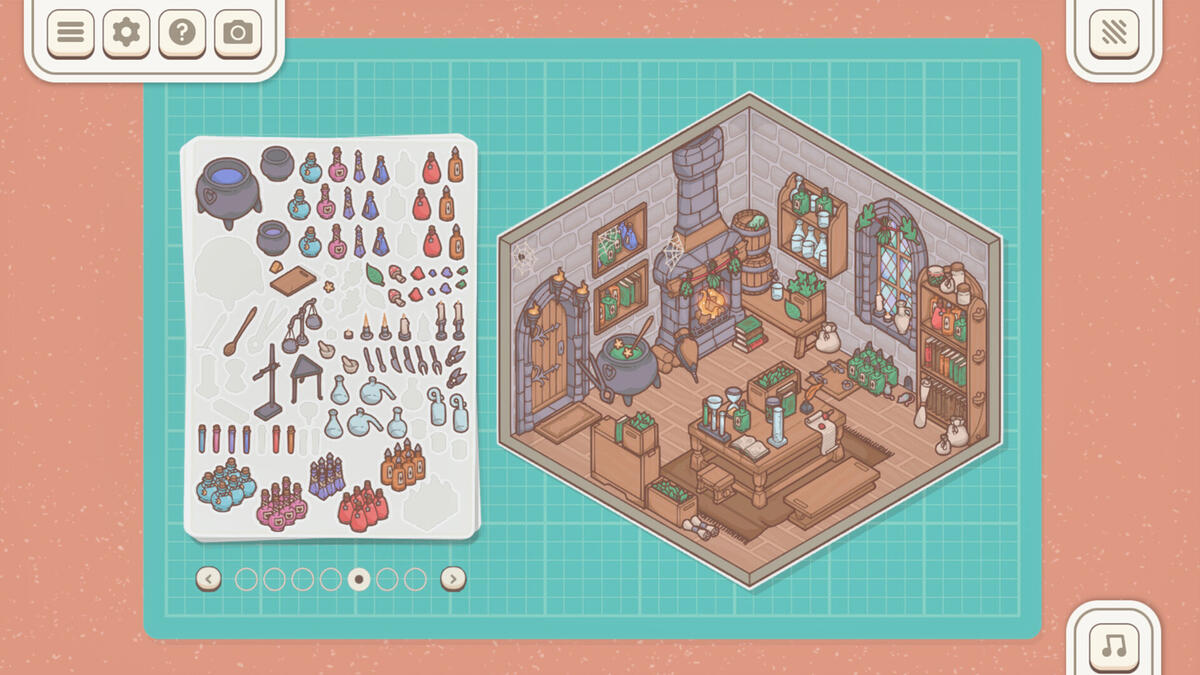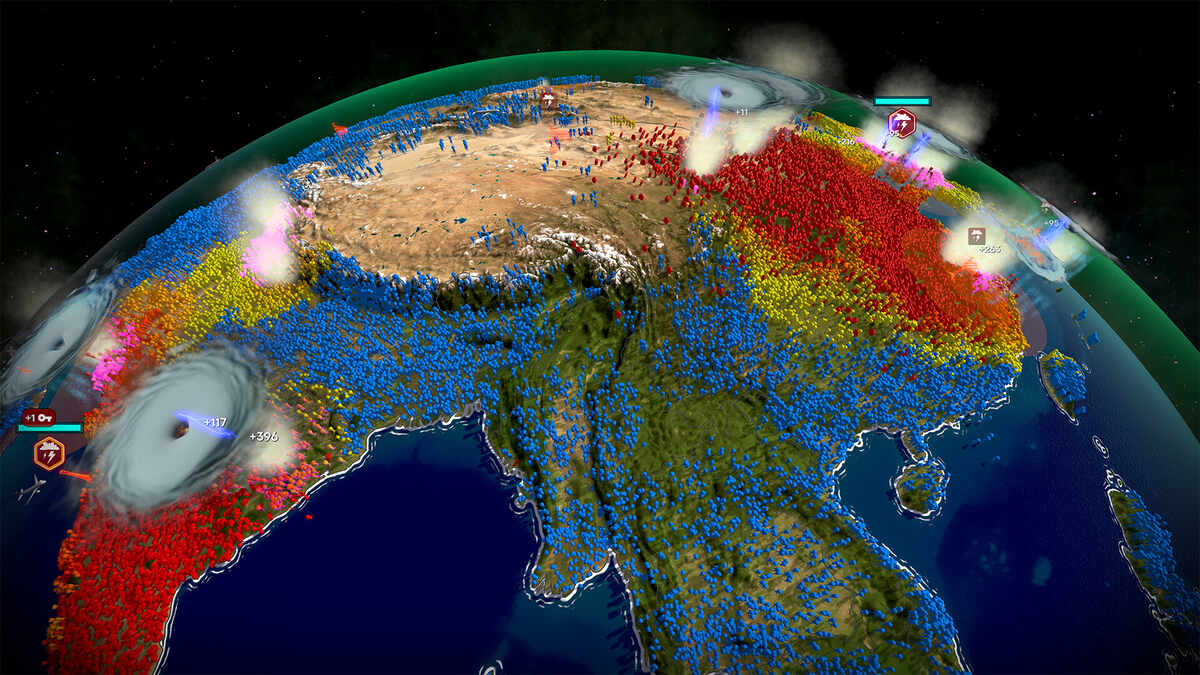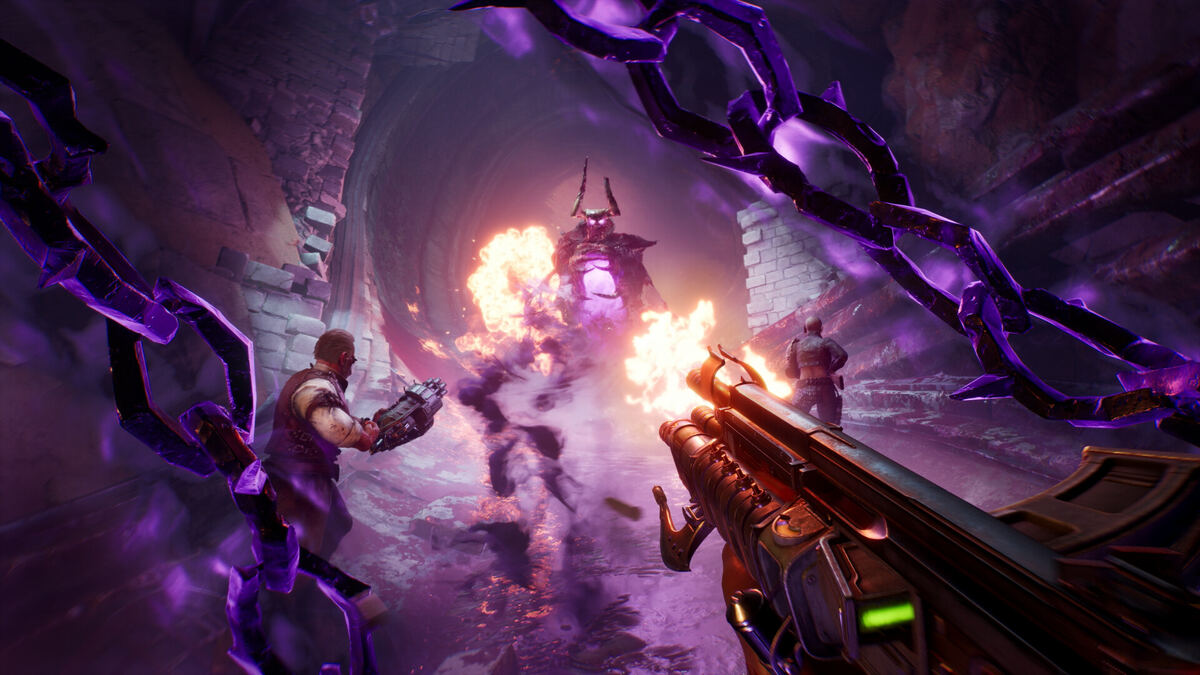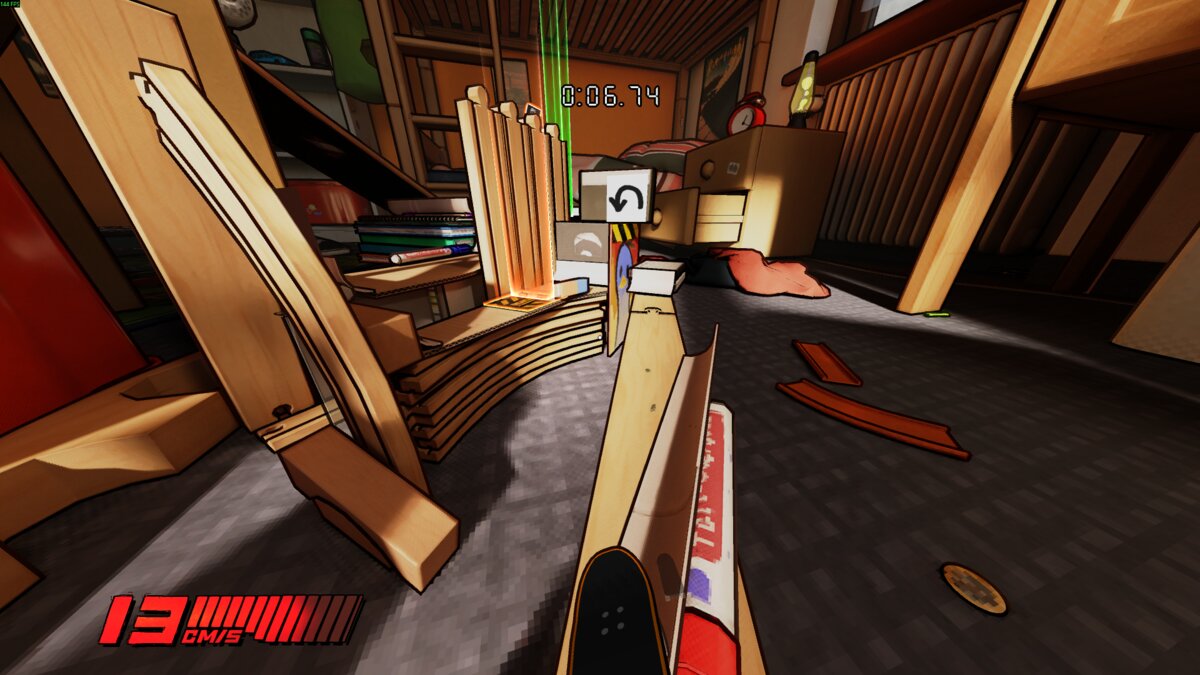You can trust VideoGamer. Our team of gaming experts spend hours testing and reviewing the latest games, to ensure you're reading the most comprehensive guide possible. Rest assured, all imagery and advice is unique and original. Check out how we test and review games here
Frontlines Fuel of War, Kaos Studio’s debut game for the PC, Xbox 360 and PS3, is trying to breathe fresh air into the FPS genre, that much is clear. But will it be enough to sweep away the FPS fatigue that some say is brewing a cloud over the genre? VideoGamer.com sat down with art director Luis Cataldi, as well as the game itself, to find out.
First off, let’s talk about what Frontlines does that feels fresh. The game’s backstory feels pretty cool. Set in 2024, Kaos has gazed into the Michael Moore crystal ball and predicted that waning oil reserves will lead to the next great world conflict. Russia and China get pally and form the Red Star Alliance, and the States and Europe shake hands and form the Western Coalition. We’ve seen tonnes of games that pit the West against the East in war-torn future, but Kaos has put an impressive amount of thought into working out what might lead to that conflict and what effect it might have on your average Joe.
As you might imagine, a world without oil is a pretty depressing one indeed. And Frontlines is at pains to depict that through its art direction. “I did a lot of research myself and the art team did a tremendous amount of research,” explains Luis Cataldi, art director on the project. “We explored film, we explored graphic novels, we explored television and we explored other games to really see what it is that we wanted to bring visually to this game. We chose a style that is a little grittier, which is very much true for the world of Frontlines.”
So what you see in the game’s opening cinematic, a series of graphic novel style dynamic stills, is Frontlines’ world told through the narration of an embedded war journalist. “The world of Frontlines is an economically depressed future, where the resources have run out, and the world goes into a global depression” says Cataldi.
“Now it’s much harder to heat your home and you can’t go to the grocery store any more and buy groceries unless you’re very wealthy. So I wanted to make sure that we created a world where a lot of the things that you and I take for granted now are discarded. For instance, when you can no longer afford to turn on power in your house what good is a refrigerator, what good is your oven, what good is your car? Those things end up becoming discarded. In an environment where the system breaks down, nobody’s going to come and pick it up and haul it to the bin any more. Now all that stuff gets left in your front yard. What you see is a world that’s full of neglect.”
All this back story is all well and good, and is a nice platform from which the dev team can provide something different in the form of soldier chatter in cutscenes, but from what we’ve seen it doesn’t have much of a bearing on what you’ll be doing when you actually get on the ground and start pumping rounds into the enemy. Everything has that Middle East desert war torn look we’ve seen so much of this year in FPS games.
But we’re told that you’ll come across maps where you’ll be able to see what kind of effect this global neglect has had on urban areas. “You’ll be in cities where they’ve been destroyed and there’s rubble everywhere and that’s the way it’s going to stay because no department is coming to clean up this world” says Cataldi. “The system has really started to break down and people are doing what they need to in order to survive.”
Which is something we’re quite looking forward to – the opportunity to get embroiled in shoot-outs while jumping over someone’s useless Humvee because there’s no oil to power it.
Frontline’s back story isn’t the game’s only point of interest. There are some nice little gameplay touches that will raise the odd eye-brow too. Here’s how it all works: at any one time you’ll have a few objectives to concentrate on, clearly displayed on the mini-map as coloured circles. It’s then up to you to decide how you tackle them. So you can pick which one to head for first and how to approach it, whatever. When you get there, usually done by blasting a healthy dose of enemy meat into the ether, all you’ll need to do is stick around for a bit to complete the objective. Once you’ve done that with all the available objectives you’ll move the frontline forward, revealing new objectives, new areas of the map to get shot in, new weapons to pick up and new vehicles to drive about in.
Cataldi explains Kaos’ decision behind the Frontlines game mechanic: “We felt like we should make sure that we created a place whereby using the Frontline mechanic we can focus the energy of everyone playing. So let’s say we get into a multiplayer maps of 32 guys. 16 of your guys know that these two objectives are what you need to do to move the front line up. And then 16 of their guys know that that’s the two places you’re coming for. So the opportunity for intense battles with future weapons is there and I think that’s a very exciting focus for us.”
It could almost be a FPS version of brave PC RTS World in Conflict, with the moveable frontline and all that. Kaos, however, reckon it’s pretty revolutionary. “So many games are so unreal, so very linear”, says Cataldi. “They give you the illusion of choice but there really is no choice. You get dropped in, if you try and deviate from the way that they want you to play they’re going to nag you or you’re simply not going to be allowed to go there and do those things. Which is a lot of fun, you know I enjoy playing those games too but they aren’t a non-linear experience like the one we’re creating. They don’t allow you to explore your creativity. I think what we’ve created is something quite new – the ability to have that single-player cinematic experience but to actually have choices on how you approach it.”
Bold claims indeed. Having burst through the first few missions on the game I’m having conflicting opinions on exactly how non-linear Frontlines really is. Sure, you can take those objectives in whatever order you want, and sure, you can even mould the role you’ve decided upon before the battle has started mid fight, but how you actually tackle them pretty much boils down to weapon choice – should I rush in with my not-too-distant future-looking shotgun or should I hang back and use my remote-controlled drones to do the damage?
Oh the drones. This goes back to those nice little gameplay touches I talked about earlier. One of the coolest things Frontlines lets you do is control these little remote-controlled drones and wreak havoc. There’s a hovering bomb drone that you can let fly like a paper aeroplane, guiding it into little nooks and crannies for maximum destruction. Then there’s a little tank, which switches your point of view so its just inches above the ground. Moving the front line, getting access to these drones and then using them was one of the highlights of our time with the game.
I’ll go out on a limb here and say that I feel like Frontlines is pulling me in two conflicting directions. One the one hand you have a single-player campaign that’s desperately trying to provide a fresh, compactly-sized 10 hour cinematic experience on par with other FPS games like Call of Duty 4. Then on the other hand you have a game that’s trying to be a re-imagination of the intense multiplayer we saw with the Battlefield series. Indeed Kaos was responsible for the Battlefield 1942 mod Desert Combat, and you can definitely see sparks of similarity. The danger here, of course, is that the game could simply end up providing an above average experience for both, rather than an amazing experience for one.
Playing the early levels it does sometimes feel like you’re playing a multiplayer game against bots, despite Kaos’ efforts to the contrary. This is the challenge, of course, and ultimate judgement will have to wait for the review. I for one will be interested to see which proves to be more popular, the single-player campaign or multiplayer matches on PC, Xbox LIVE and PSN.
Cataldi has faith in his game of course. “Allowing you to manage the role and the load out and allowing you to choose your game style was a really wonderful thing for our style of multiplayer. Now that might be enough but we also like cinematic gameplay, and we wanted to bring those elements into the single-player in a way that no-one really has, not for a FPS.
“So the trick was to combine those neat multiplayer things in a way that you can experience it in a single-player environment but it isn’t just a bot battle. It’s not just you and a bunch of guys running around. They are defending their objectives. If you throw a grenade they are getting out of the way, if they’re climbing in a vehicle they are going after you in a different way.”
Frontlines’ graphics don’t look like they will blow anyone away, nor do they look terrible. There’s plenty of nice-looking explosions and the game’s physics, powered by the Unreal Engine, provide for plenty of impressive environmental destruction. But there are some choppy moments with texture pop ups and what not. We must point out that the build we played was a few weeks old, and we’re assured the game, which is currently embroiled in the certification process, looks much better already.
Indeed, Cataldi is most proud of the way the game stands up graphically despite it providing multiple views of the battlefield. “On foot you can look at the game and go, hey that looks really nice” he says. “A lot of games do that. In those same games try and get in a helicopter and look at it from above and have the same experience. They will not be able to hold up because they are not built to hold up in that way. But I have to make Fronltines look good to you on foot, then I have to let you get in a helicopter and fly above the whole world and let you look down and go, that still looks good. Or even worse, or even better, I have to allow you to get into a small RC drone car that puts you inches above the ground and lets you drive around that same environment and go I’m still immersed and convinced. That was an immense challenge from an art direction perspective, to give you the player the camera in so many different ways and allow the game to hold up at each turn. I think we’re pulling it off.”
Frontlines: Fuel of War is scheduled for release on February 15 in the UK for Xbox 360 and PC. A PlayStation 3 version will follow. A demo will be released on Xbox LIVE Marketplace on December 12.
Frontlines: Fuel of War
- Platform(s): PC, PlayStation 3, Xbox 360, Xbox One
- Genre(s): Action, First Person, Shooter
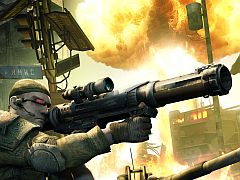
/https://oimg.videogamer.com/images/2064/frontlines_fuel_of_war_27.jpg)
/https://oimg.videogamer.com/images/8c82/frontlines_fuel_of_war_26.jpg)
/https://oimg.videogamer.com/images/45a0/frontlines_fuel_of_war_25.jpg)
